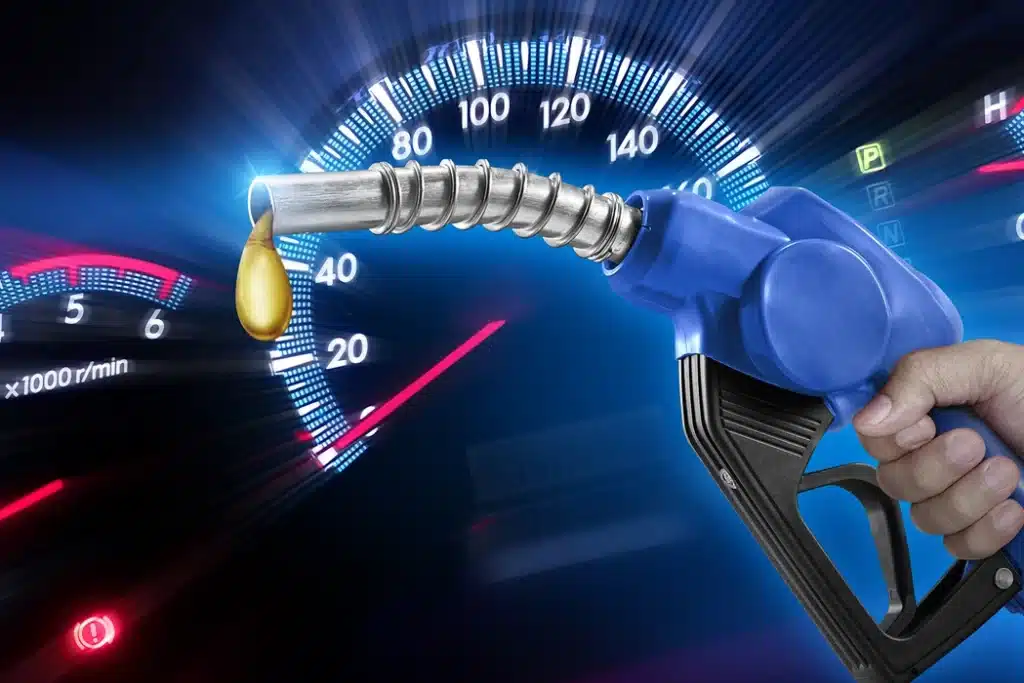Artificial Intelligence (AI) has become a game-changer across nearly every industry. In particular, AI has allowed commercial fleets to overcome hurdles pertaining to workflow, operational efficiency and effective fleet management.
When paired with telematics, AI plays a critical role in enhancing software to operate more intuitively and take fleet management to the next level.
In this article, we’ll explore AI and how today’s fleet managers are using it to optimize their existing telematics systems.
Defining AI
Artificial Intelligence is a branch of technology that involves training computer systems to perform complex tasks. The ultimate goal is replicating human intelligence in machines so that they can operate autonomously.
Currently, AI is mostly used for automating simple and repetitive tasks, but as the technology continues to develop, its capabilities are expanding.
Artificial Intelligence is already being used in a number of innovative and revolutionary ways, including some real-world applications that you may already be using.
Siri
Siri is a pseudo-intelligent digital personal assistant that uses Machine Learning (a subset of AI) to learn over time and better predict and understand natural-language requests.
Google Maps
Google Maps is another example of AI at work. The traffic predictions feature uses historical data, as well as live data from sensors and user input to provide predictions about traffic conditions.
This is made possible by Deep Learning, a form of Machine Learning that enables computers to learn from data that is unstructured or unlabeled.
Self-driving Cars
Artificial Intelligence is helping to develop a vehicle’s ability to sense its surroundings and make driving decisions accordingly.
This includes things like detecting and avoiding obstacles, as well as obeying traffic laws. While not yet mainstream, it is possible that entire fleets of self-driving vehicles may soon be on the horizon.
AI in Telematics
The amalgamation of AI into telematics systems is producing some pretty amazing and innovative capabilities and features that fleet managers can take advantage of.
Predictive Maintenance
Predictive maintenance is a telematics feature that uses AI to identify potential issues with vehicles before they become actual problems. It does this by analyzing telematics data and looking for patterns that could indicate an issue.
For example, if the system notices that a particular vehicle is idling longer than usual, it could be an indication that there’s an engine problem (or a driver issue). The fleet manager would then receive an alert, enabling them to take action before the issue becomes a costly problem.
Fleet Safety
Safety is another big area where AI and telematics converge. Driver behaviour monitoring uses telematics data to identify risky driving habits. This data can include things like speed, acceleration, braking, and cornering. The system then sends alerts to the fleet manager so that they can take action to correct the problem.
Accident reconstruction is an analysis tool that uses telematics data to recreate events leading up to the accident. This can be extremely helpful to understand how and why accidents happen, as well as who is at fault.
In this light, AI not only helps telematics prevent future incidents, it can be an essential tool to exonerate your drivers and keep insurance premiums at bay.
Fuel Efficiency
Fuel efficiency is a constant concern for fleet managers. Telematics solutions can employ Artificial Intelligence to automatically adjust engine settings such as idling times and fuel injector timing. This results in improved fuel economy without sacrificing performance.
Other systems use AI to analyze a driver’s habits, provide feedback on how they can improve their fuel efficiency and offer predictive data that anticipates future behaviour on the road.
Routing
Routing is another area where AI has partnered with telematics. The result is features such as real-time traffic updates and route optimization.
Fleet route optimization, for example, allows fleets to travel to their destination as quickly as possible using route optimization software. This software solution uses algorithms, GPS, and traffic data to identify the shortest route with the fewest obstacles.
AI, Telematics and ZenduiT
AI is used with telematics to improve safety, efficiency, and productivity – and this is just the beginning. AI is critical to automating and making our systems more accurate.
The customers that use our platform don’t have time to address and review all video events that take place on the road; ZenduiT’s managed services can score and prioritize events to keep managers in the know and keep drivers safe on the road.
If you’re not already using a telematics system with AI capabilities, now is the time to consider it. Contact your ZenduiT consultant today to explore our telematics solutions and see how AI can benefit your business.








































